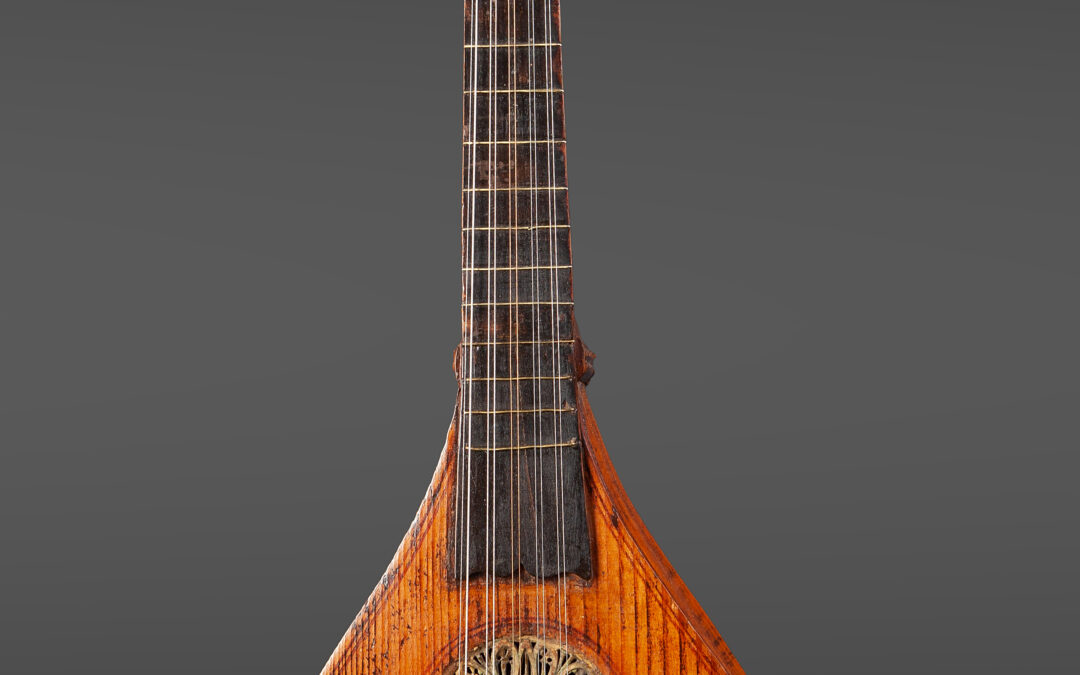
by mreichstadt | Nov 26, 2023 | Cordes-en
CISTER Germany, 17th – 18th century. Five-course cittern probably from Thuringia, based on certain making elements such as the mounting of the neck, the shape of the head coat of arms and the choice of wood. The protruding parts on the back of the pegbox bear...
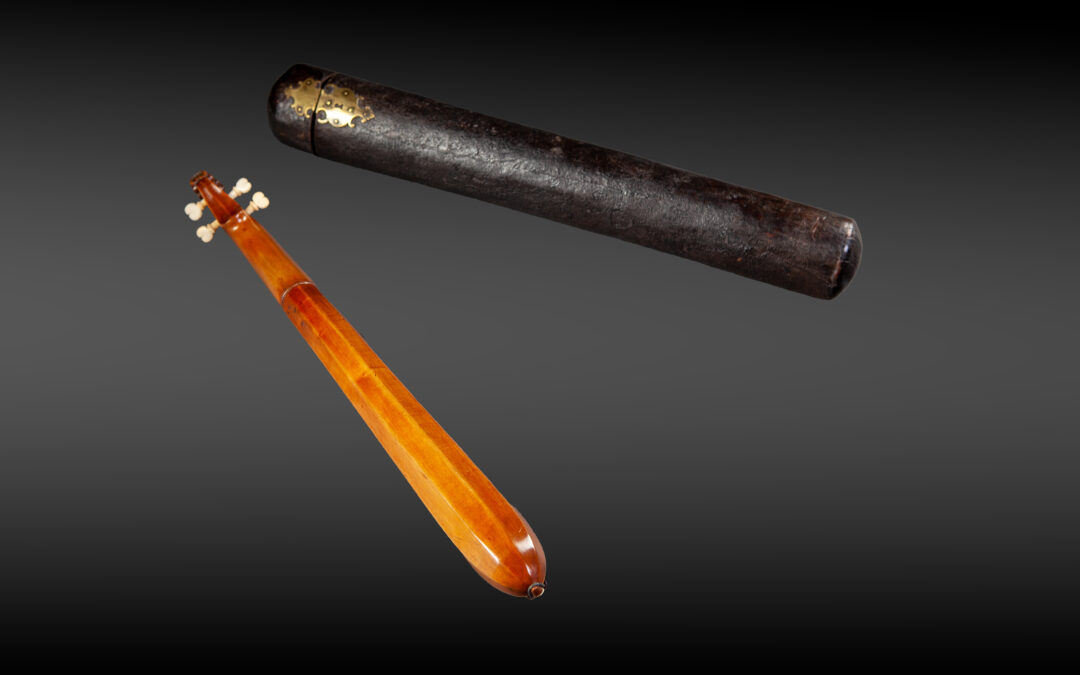
by mreichstadt | Nov 26, 2023 | Cordes-en
KIT Louis Guersan, Paris 1737. Before being made and presented in the 19th century as masterpieces, the kits were used by dancing masters to set the rhythm and nuances during their lessons. Louis Nicolas Guersan, 1700-1770, received maître luthier on February...
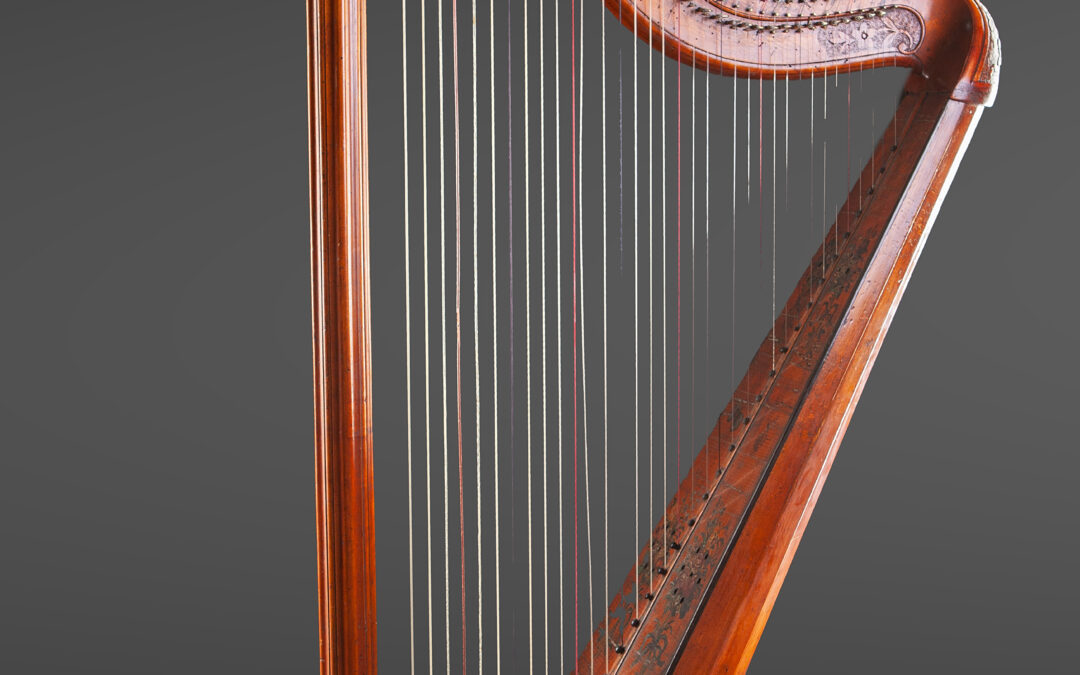
by mreichstadt | Nov 26, 2023 | Cordes-en
HARP DELEPLANQUE DELEPLANQUE, 18th century. Gérard Joseph Deleplanque, Lille (1723-1784) is the son of a musician. He learned sculpture, obtaining mastery in his hometown before setting up as a luthier there. It is famous for the manufacture of guitars and...
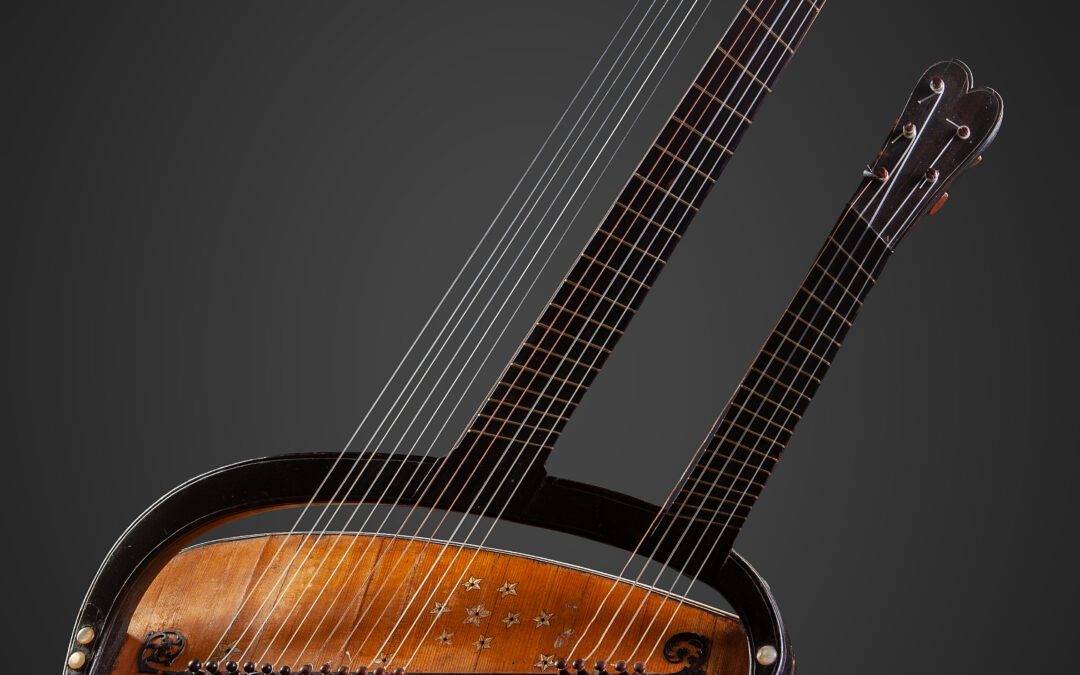
by mreichstadt | Nov 26, 2023 | Cordes-en
HARPEKENNE JOSEPH VAN DER LIST (1738 – 1812) We still know little about this Flemish or Dutch luthier based in Paris. Archival research tells us that he was a maker of musical instruments in the Faubourg Saint-Antoine at the time of his marriage in Paris on...
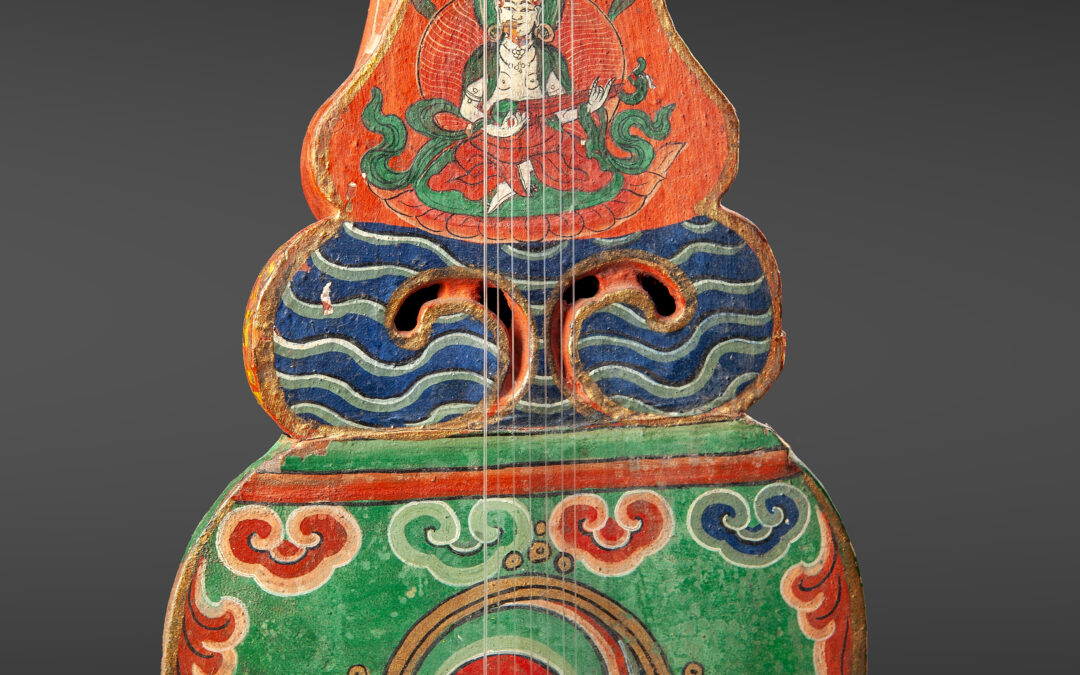
by mreichstadt | Nov 26, 2023 | Extra-européens-en
DRAMNYEN Bouthan, 20th century. The dramnyen, which has become the identity instrument of the Boutahn, is an adaptation of the lutes played in the Himalayas, of which the Tibetan Sgra-Snyan is undoubtedly the most famous. Equipped with seven strings including a...
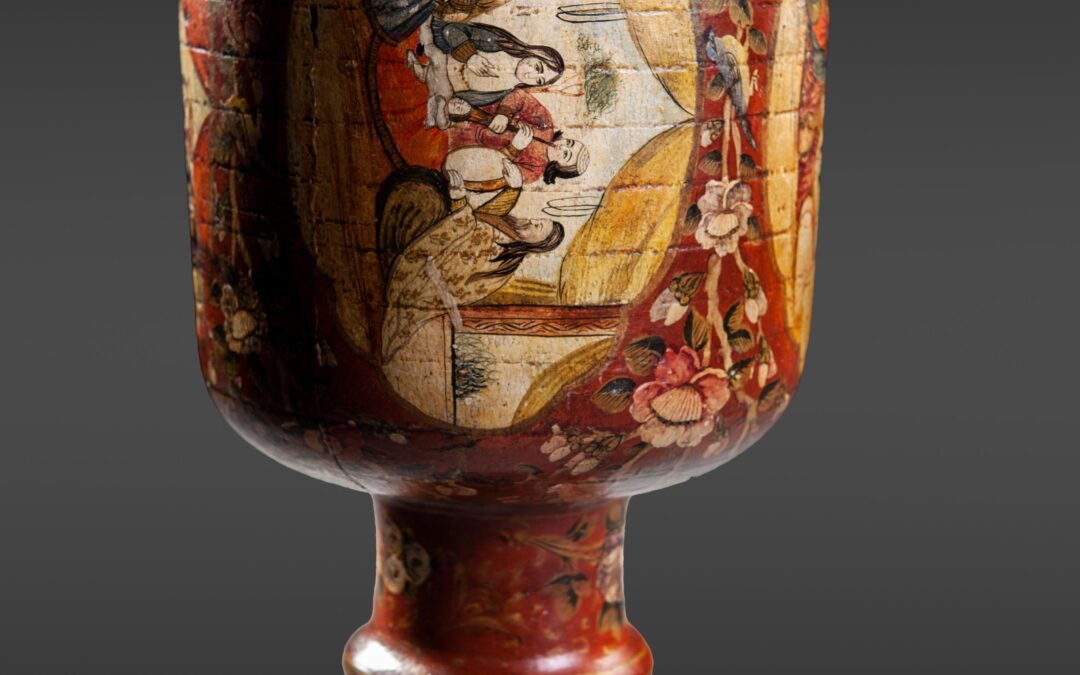
by mreichstadt | Nov 26, 2023 | Extra-européens-en
ZARB (DOMBAK) Iran, 19th century. A goblet drum, the Zarb or Dombak (Zirbaghali in Afghanistan) is cut from a block of walnut or mulberry. It has been known since the beginning of the 19th century. The model presented, with painted decoration typical of the...






